Sodium percarbonate
Synonym(s):Hydrogen peroxide sodium carbonate adduct
- CAS NO.:15630-89-4
- Empirical Formula: CH5NaO5
- Molecular Weight: 120.04
- MDL number: MFCD00036142
- EINECS: 239-707-6
- SAFETY DATA SHEET (SDS)
- Update Date: 2025-12-17 09:49:47

What is Sodium percarbonate?
Chemical properties
Sodium percarbonate is a white granular powder of sodium carbonate and hydrogen peroxide.
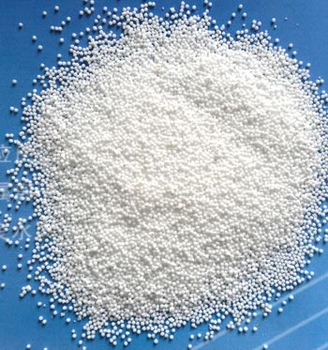
Sodium percarbonate is mainly used as a bleaching chemical in laundry detergents (tablets, compact or regular powders), laundry additives and machine dishwashing products. It is an oxidizing agent and ingredient in a number of home and laundry cleaning products, including eco-friendly bleach products such as OxiClean and Tide laundry detergent. Dissolved in water, it releases hydrogen peroxide and soda ash (sodium carbonate):
2(Na2CO31.5H202)→2Na2CO3+3H202
The Uses of Sodium percarbonate
Sodium percarbonate is an addition salt of hydrogen peroxide and sodium carbonate that provides a solid source of hydrogen peroxide. When dissolved in water, sodium percarbonate liberates hydrogen peroxide. Sodium percarbonate is a white, granular or powdered solid oxidizer. It is used primarily as a bleaching agent in cleaning products. Other uses include algaecides, fungicides, chemical synthesis and environmental applications such as control of odor at waste treatment facilities. A small amount is used in denture cleaners and toothpaste.
Multifunctional reagent for the preparation of optically active 4-hydroxy-2-isoxazolines.
The Uses of Sodium percarbonate
Sodium percarbonate is used as an oxidizing agent and environmentally friendly bleaching agent. It is used as a laboratory source of anhydrous hydrogen peroxide. It is utilized for the preparation of optically active 4-hydroxy-2-isoxazolines. It is widely used in detergent formulations and cleaning products such as carpet cleaner, textile bleach, denture cleaners, pulp and paper bleaching processes. It is also used as a hard filth removing agent in electroplating, waste water treatment agent and polymerization control agent. Further, it finds application in furniture polish and cleaners and personal care formulations. In addition to this, it is used in the preparation of trimethyl cyclopentenyl acetaldehyde and epoxydihydrolinalool.
What are the applications of Application
Sodium percarbonate is a multifunctional reagent for preparing optically active 4-hydroxy-2-isoxazolines
Preparation
Sodium percarbonate is produced by the reaction of sodium carbonate with hydrogen peroxide, which can be done via dry, spray and wet processes. In the dry process aqueous hydrogen peroxide solution is sprayed on solid sodium carbonate; a solid-liquid reaction yields sodium percarbonate. In the spray process sodium percarbonate is produced by a fluid bed process. Solutions of sodium carbonate and hydrogen peroxide are sprayed into a drying chamber where the water is evaporated. In the wet process sodium percarbonate is usually prepared by cristallisation possibly in combination with salting out.
Reactions
Sodium percarbonate naturally decomposes, very slowly, to form sodium carbonate and hydrogen peroxide. The hydrogen peroxide may further decompose to form water and oxygen and liberate some heat. The decomposition proceeds according to the reaction below:
2Na2CO3 • 3H2O2 → 2Na2CO3 + 3H2O + 1.5 O2 + Heat
General Description
A colorless, crystalline solid. Denser than water. May combust in contact with organic materials. Contact may irritate skin, eyes and mucous membranes. May be toxic by ingestion. Used to make other chemicals.
Air & Water Reactions
Soluble in water.
Reactivity Profile
Oxidizing agents, such as SODIUM PERCARBONATE, can react with reducing agents to generate heat and products that may be gaseous (causing pressurization of closed containers). The products may themselves be capable of further reactions (such as combustion in the air). The chemical reduction of materials in this group can be rapid or even explosive, but often requires initiation (heat, spark, catalyst, addition of a solvent). Explosive mixtures of inorganic oxidizing agents with reducing agents often persist unchanged for long periods if initiation is prevented. Such systems are typically mixtures of solids, but may involve any combination of physical states. Some inorganic oxidizing agents are salts of metals that are soluble in water; dissolution dilutes but does not nullify the oxidizing power of such materials. Organic compounds, in general, have some reducing power and can in principle react with compounds in this class. Actual reactivity varies greatly with the identity of the organic compound. Inorganic oxidizing agents can react violently with active metals, cyanides, esters, and thiocyanates.
Health Hazard
Inhalation, ingestion or contact (skin, eyes) with vapors or substance may cause severe injury, burns or death. Fire may produce irritating, corrosive and/or toxic gases. Runoff from fire control or dilution water may cause pollution.
Fire Hazard
These substances will accelerate burning when involved in a fire. Some may decompose explosively when heated or involved in a fire. May explode from heat or contamination. Some will react explosively with hydrocarbons (fuels). May ignite combustibles (wood, paper, oil, clothing, etc.). Containers may explode when heated. Runoff may create fire or explosion hazard.
Safety Profile
Moderately toxic by ingestion. When heated to decomposition it emits acrid smoke and irritating vapors
Synthesis
Sodium percarbonate is prepared by the reaction of dihydrogen peroxide and sodium carbonate. The specific synthesis steps are as follows:
With florisil In water addn. of small amounts of MgSiO3 and water glass to 500kg H2O2 (dild. to 20% soln.), addn. of 1051kg Na2CO3 at 18°C, cooling to 5°C, cooling to -4°C after addn. of 500kg NaCl; centrifugation, drying, reuse of mother-liquor, finally sodium percarbonate (yield: 85.5%) is obtained.
Environmental Fate
Sodium percarbonate is not persistent in the environment and readily decomposes to soda ash (sodium carbonate) and hydrogen peroxide which will subsequently decompose to water and oxygen when exposed to soils, sediments, and surface or ground waters.
Toxicity evaluation
Sodium percarbonate has a low acute toxicity via the oral and dermal route (LD50 > 1000 mg/kg body weight). The existing animal data on acute toxicity show that sodium percarbonate has a local effect. In animal tests a slight irritating effect on the skin was reported for solid sodium percarbonate and it was highly irritating to the rabbit eye (not rinsed). Sodium percarbonate did not have sensitising properties in a test with guinea pigs.
Properties of Sodium percarbonate
| Density | 2.09[at 20℃] |
| vapor pressure | < 10-3 Pa at 25°C |
| form | Granular Powder |
| color | White |
| Odor | Odorless |
| PH | About 10.5 at 1% concentration (20°C) |
| Water Solubility | Soluble in water. |
| Sensitive | Moisture Sensitive |
| Decomposition | > 131 °F (> 55 °C) |
| CAS DataBase Reference | 15630-89-4(CAS DataBase Reference) |
| EPA Substance Registry System | Sodium percarbonate (15630-89-4) |
Safety information for Sodium percarbonate
| Signal word | Danger |
| Pictogram(s) |
 Flame Over Circle Oxidizers GHS03  Corrosion Corrosives GHS05  Exclamation Mark Irritant GHS07 |
| GHS Hazard Statements |
H272:Oxidising liquids;Oxidising solids H302:Acute toxicity,oral H318:Serious eye damage/eye irritation |
| Precautionary Statement Codes |
P210:Keep away from heat/sparks/open flames/hot surfaces. — No smoking. P220:Keep/Store away from clothing/…/combustible materials. P264:Wash hands thoroughly after handling. P264:Wash skin thouroughly after handling. P280:Wear protective gloves/protective clothing/eye protection/face protection. P301+P312:IF SWALLOWED: call a POISON CENTER or doctor/physician IF you feel unwell. P305+P351+P338:IF IN EYES: Rinse cautiously with water for several minutes. Remove contact lenses, if present and easy to do. Continuerinsing. |
Computed Descriptors for Sodium percarbonate
Sodium percarbonate manufacturer
New Products
4,4-Difluoropiperidine hydrochloride tert-butyl 9-methoxy-3-azaspiro[5.5]undecane-3-carboxylate Indole Methyl Resin N-Isopropylurea N,N-Dicyclohexylcarbodiimide(DCC) MELDRUMS ACID 5-METHYLISOXAZOLE-4-CARBOXYLIC ACID Magnessium Bis glycinate Zinc ascorbate 1-bromo-2-butyne 2-acetamidophenol 9(10H)-anthracenone Erythrosin B, 4-Piperidinopiperidine 2-((4-morpholinophenylamino) (methylthio) methylene) malononitrile 2,4-dihydroxybenzaldehyde 3-(4-morpholinophenylamino)-5-amino-1H-pyrazole-4-carbonitrile Methyl 2-methylquinoline-6-carboxylate 2,6-dichloro-4-nitropyridine 4-Bromo-2-chlorobenzonitrile 2-(benzylamino)acetic acid hydrochloride 4-(tert-Butoxycarbonylamino)but- 2-ynoic acid 3,4-dihydro-2H-benzo[b][1,4]dioxepine 1-Phenyl-1-cycloprppanecarboxylicacidRelated products of tetrahydrofuran
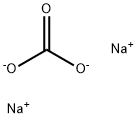




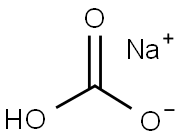
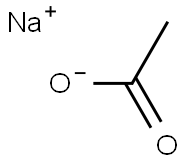

You may like
-
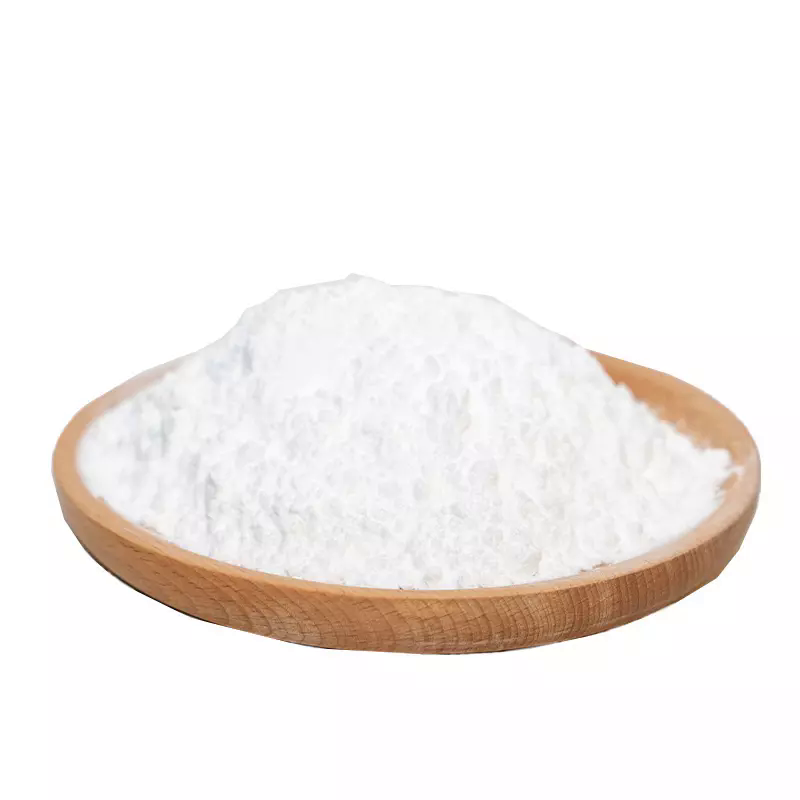 SODIUM PERCARBONATE 98%View Details
SODIUM PERCARBONATE 98%View Details -
 SODIUM PERCARBONATE TABLET LRView Details
SODIUM PERCARBONATE TABLET LRView Details
15630-89-4 -
 Sodium percarbonate CAS 15630-89-4View Details
Sodium percarbonate CAS 15630-89-4View Details
15630-89-4 -
 Sodium Percarbonate CASView Details
Sodium Percarbonate CASView Details -
 Sodium percarbonate CAS 15630-89-4View Details
Sodium percarbonate CAS 15630-89-4View Details
15630-89-4 -
 Sodium percarbonate CAS 15630-89-4View Details
Sodium percarbonate CAS 15630-89-4View Details
15630-89-4 -
 Sodium Percarbonate TabletsView Details
Sodium Percarbonate TabletsView Details
15630-89-4 -
 Industrial Grade Sodium Percarbonate Uncoated, 98%View Details
Industrial Grade Sodium Percarbonate Uncoated, 98%View Details
15630-89-4
